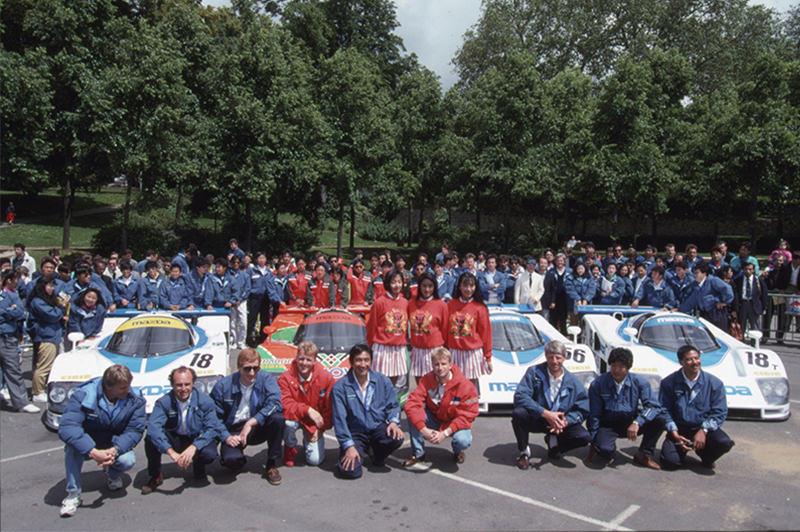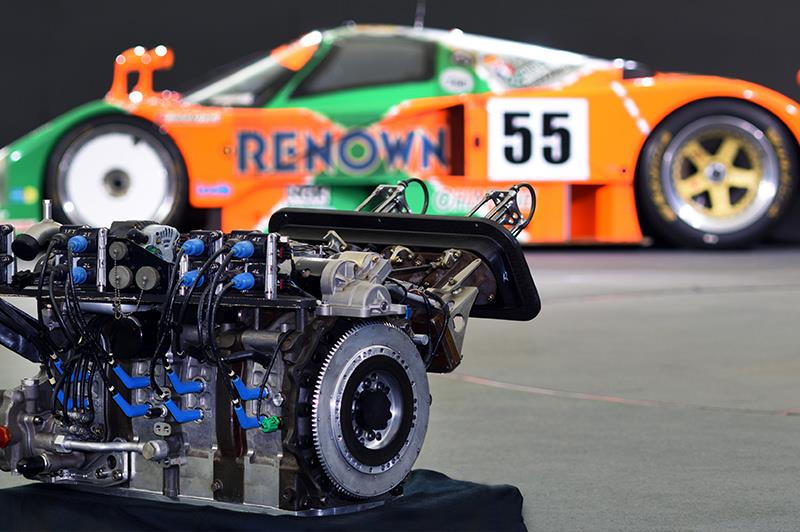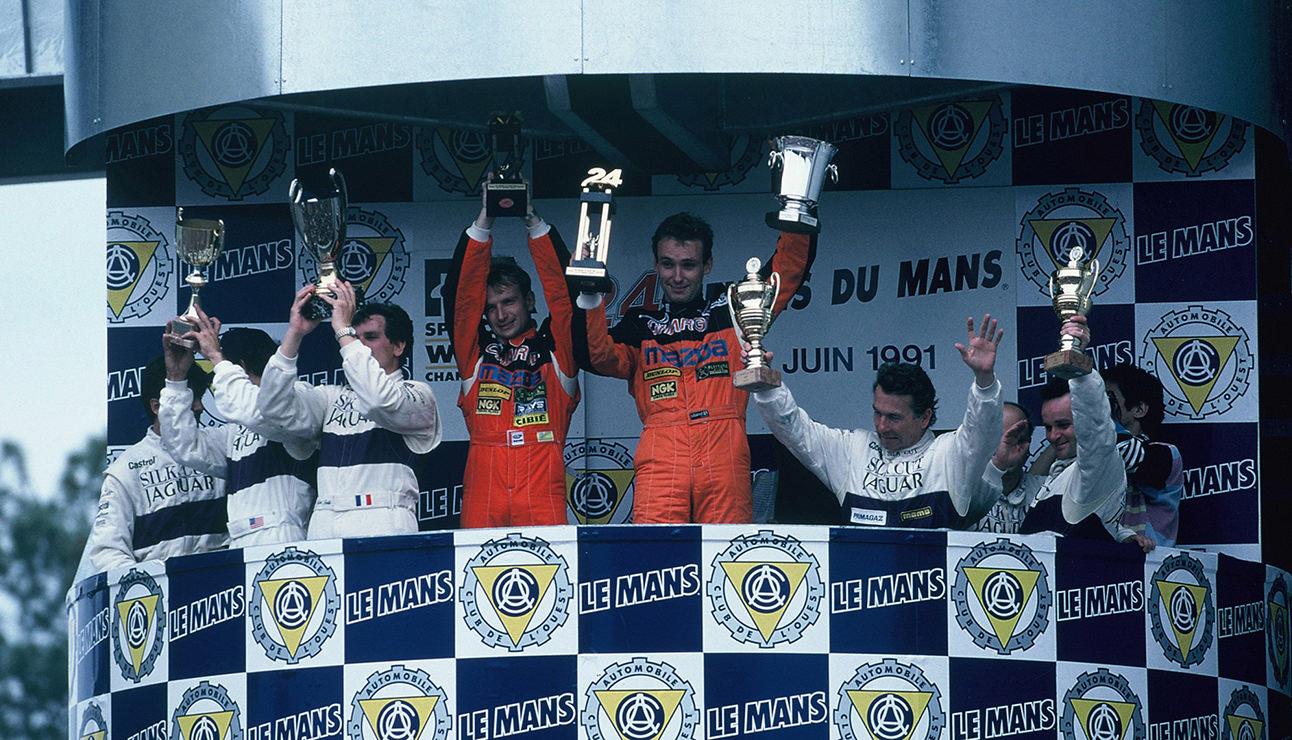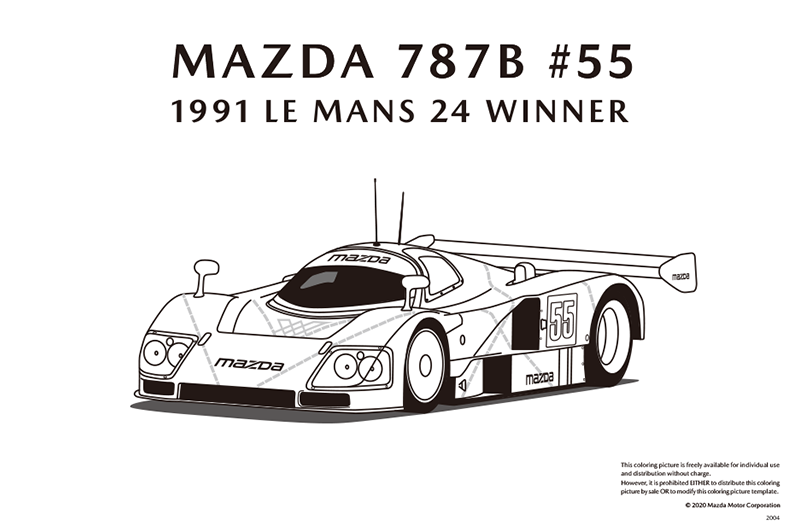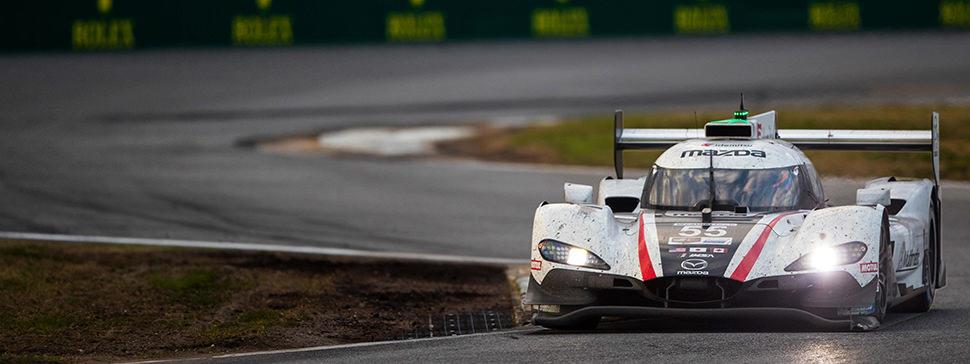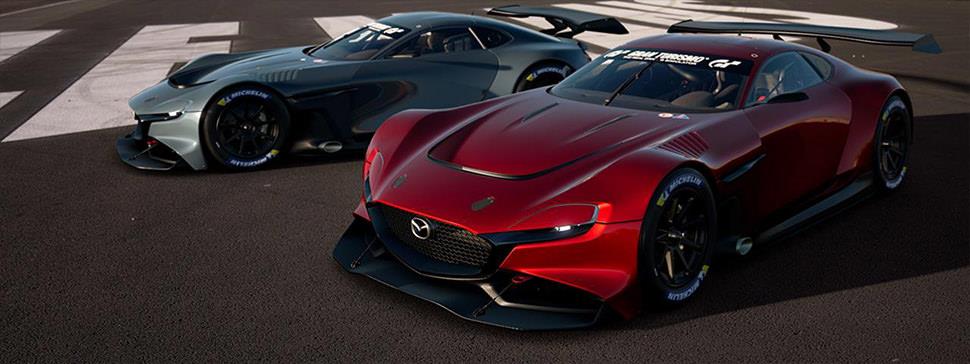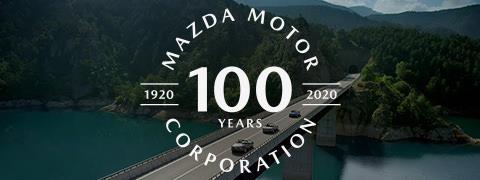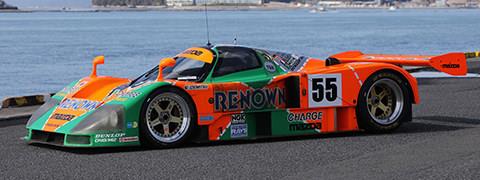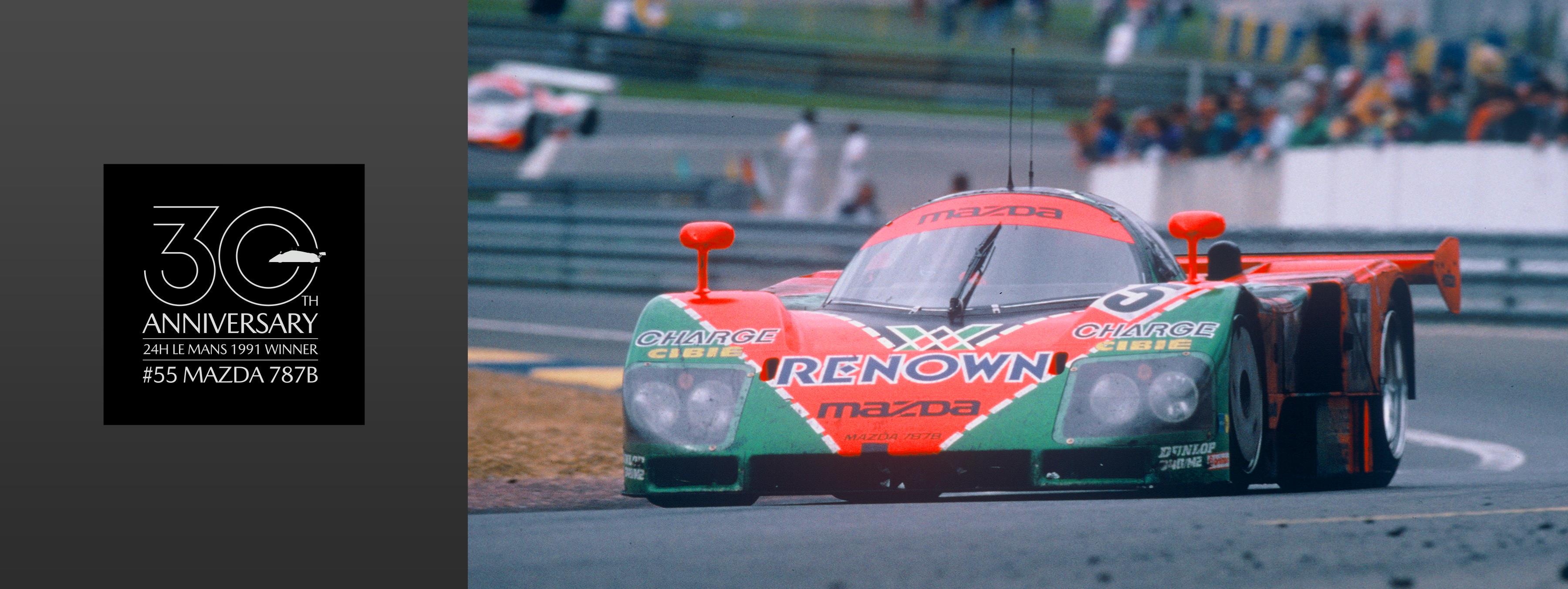
30th anniversary of Le Mans victory commemorative site
Last year Mazda celebrated its 100th anniversary. Since the company's founding, it has relentlessly taken on new challenges. Symbolic of this "never stop challenging" spirit was the commercialization of the rotary engine, which no other company in the world had ever achieved. Then, taking on the challenge of the 24 Hours of Le Mans brought this technology to the pinnacle of world motoring. In 1991, Mazda became the first rotary engine manufacturer in the world and the first Japanese manufacturer to take overall victory in this prestigious race. In the lead up to the 30th anniversary of this momentous occasion in 2021, we have created a commemorative website to introduce the history, technology and people of Mazda to those who may not yet be familiar. We truly hope you enjoy it.
MAZDA 787B
1991 LE MANS WINNER
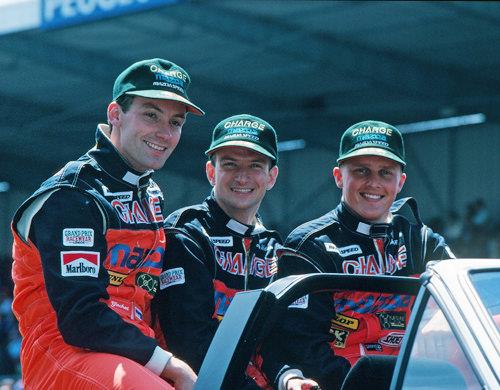
The Mazda 787B was the first Japanese car to win the 1991 24 Hours of Le Mans, with a lightweight body weighing just 830kg and a four-rotor engine with a maximum output of 700PS. The winning drivers were Volker Weidler (Germany)/Johnny Herbert (UK) and Bertrand Gachot (France).
R26B
4 ROTOR ROTARY ENGINE
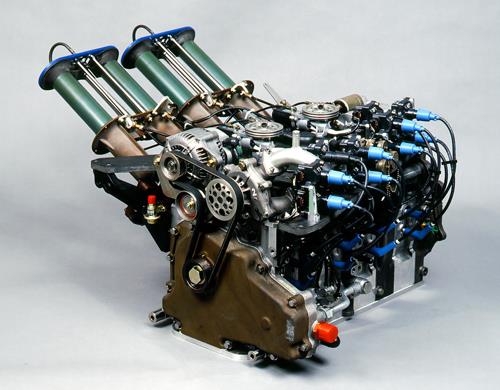
This naturally aspirated racing engine was mounted with four sequential rotor housings that utilized the same rotor shape as the production 13B engine. The use of peripheral port intake and exhaust, electronically controlled injection, a linear variable air intake system, three-plug ignition and ceramic apex seals produce 700 hp. The four-rotor engine delivered impeccable performance at high revs and was characterised by a distinctive high-pitched exhaust note.
1991 LE MANS VICTORY MOVIE
The history of rotary engine cars and their “never stop challenging” spirit at Le Mans
Mazda's Le Mans challenge began in 1970 when it supplied a factory-spec 10A engine to a private Belgian team competing in the 24 Hours of Le Mans.
Another dealership team, Mazda Auto Tokyo, competed in 1974 with a two-seat sports car powered by a 12A engine but encountered several issues. Mazda Auto Tokyo then developed a Savanna RX-7 race car with a 13B engine and tried again in 1979.
Despite being disappointed by failing to qualify, they went on to compete at Le Mans every year from 1981.
In 1983, Mazda Auto Tokyo Motorsports Division developed into Mazdaspeed, a factory team under Mazda. After the Group C2 era and the three-rotor engine era, the team went on to develop a race car with a four-rotor engine.
| Year | Competing Vehicle | Machine specifications | Race results・Episode |
|---|---|---|---|
| 1970 | Chevron B16 Mazda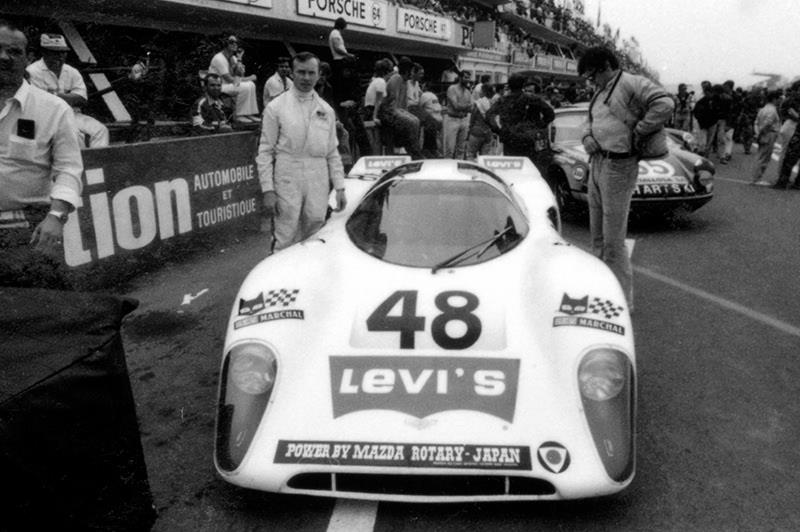 |
2-seat sports car (10A engine) | Retirement (engine trouble) The film “Le Mans” and Mazda ShortEpisode:Chevron B16 |
| 1974 | Sigma MC74 Mazda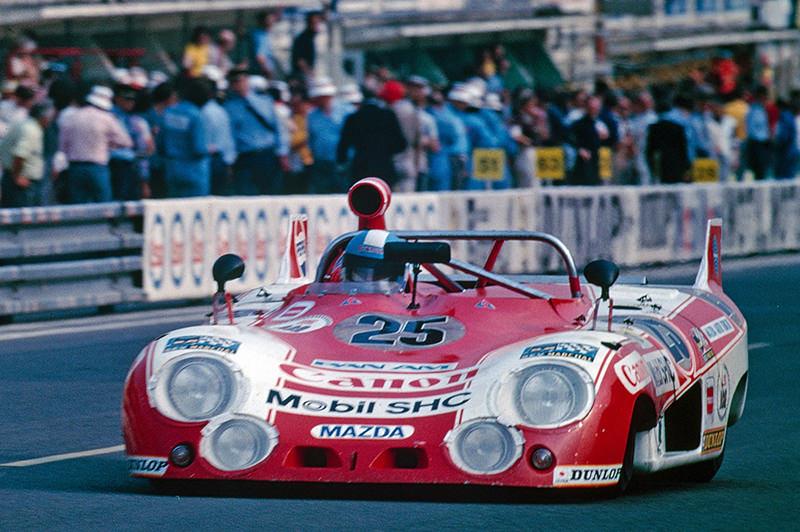 |
2-seat convertible sports car (12A engine) | Insufficient number of laps |
| 1979 | Mazda RX-7 252i |
IMSA GTO specification RX-7 (13B engine) | Failed to qualify ShortEpisode:Mazda RX-7 252i |
| 1981 | Mazda RX-7 253 (2 cars)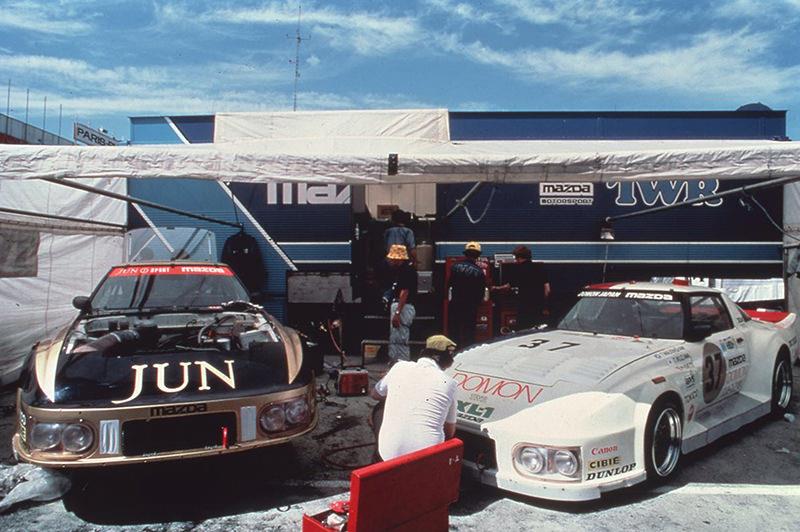 |
IMSA GTO specification RX-7 (13B engine) | Both cars retired (driveline issues) ShortEpisode:RX-7 253 |
| 1982 | Mazda RX-7 254 (2 cars)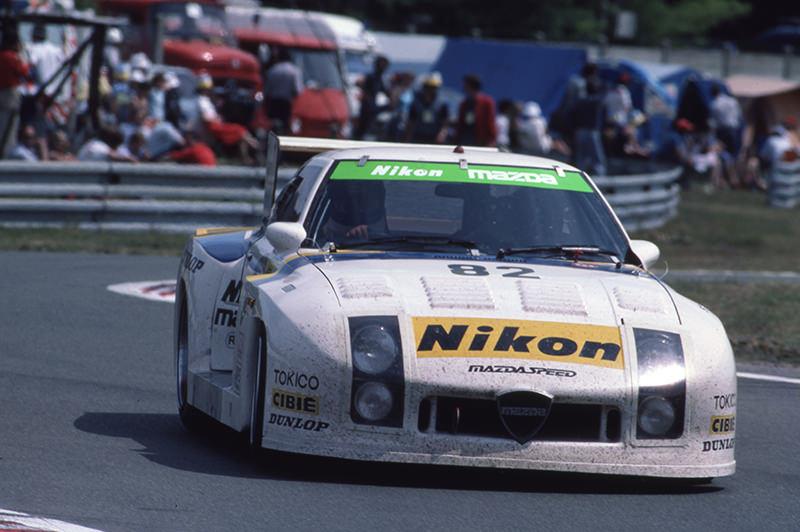 |
IMSA GTX spec RX-7 (13B engine) | First finish (14th)/Retirement The RX-7 254, a handling machine |
| 1983 | Mazda 717C (2 units) |
Group C Junior (13B engine) | Class 1-2 finish The drag coefficient of the Mazda 717C approaches 0.277 |
| 1984 | Mazda 727C (2 cars)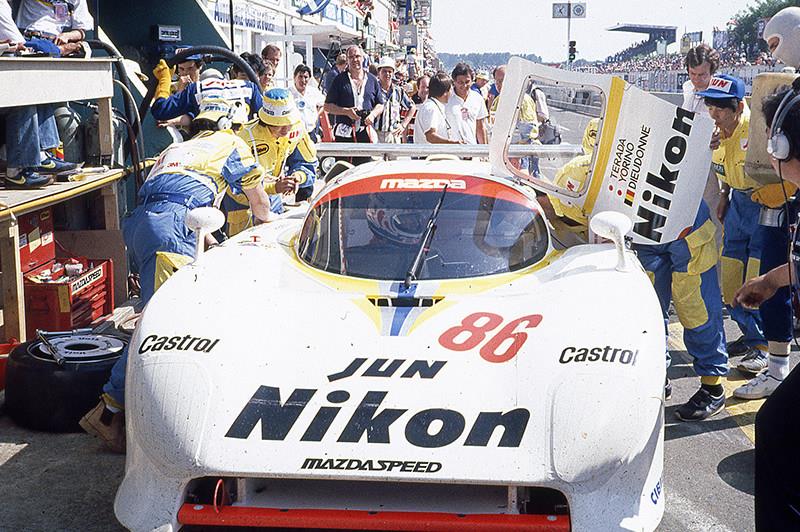 |
Group C2 (13B engine) | 4th and 6th in class |
Lola T616 Mazda (2 cars)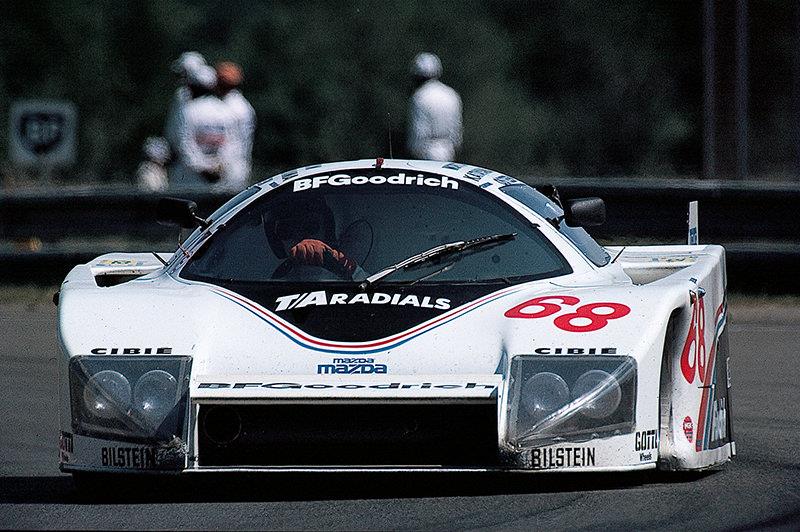 |
Group C2 (13B engine) | Class winner and 3rd place | |
| 1985 | Mazda 737C (2 cars)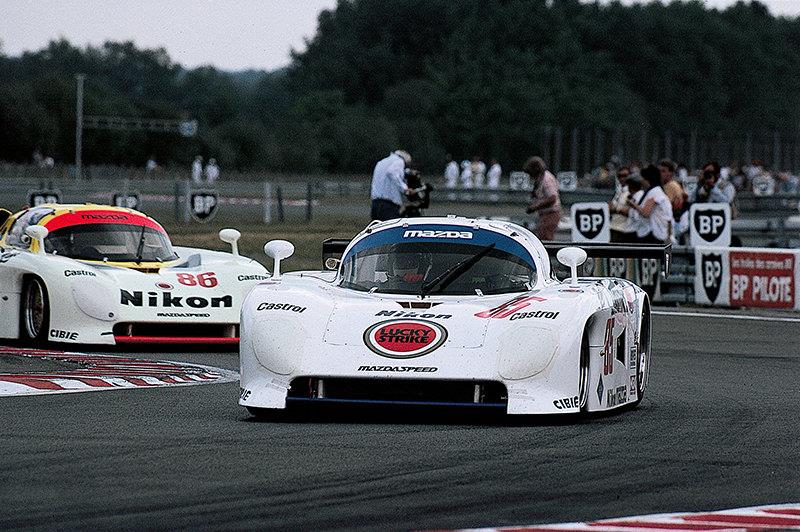 |
Group C2 (13B engine) | 3rd and 6th place in class Why the Mazda 737C's body is pure white ShortEpisode:Mazda 737C |
| 1986 | Mazda 757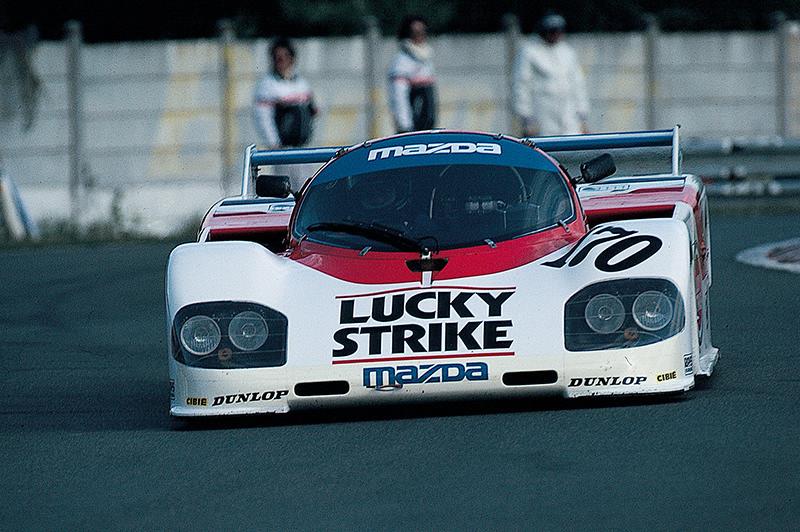 |
IMSA GTP (13G engine) | Both cars retired (driveline issues) ShortEpisode:Mazda 737C 1986 |
| 1987 | Mazda 757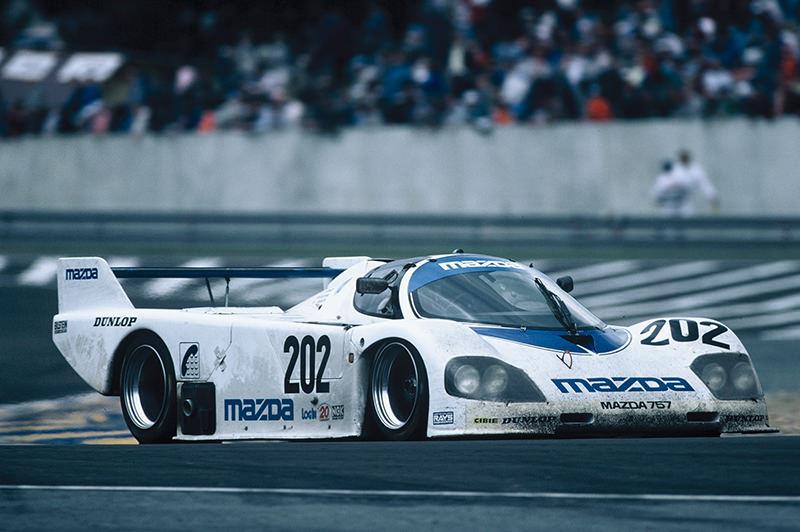 |
IMSA GTP (13G engine) | 7th / Retire (Engine issues) Mazda 757 becomes the first Japanese car to achieve a top 10 finish |
| 1988 | Mazda 767 (2 cars)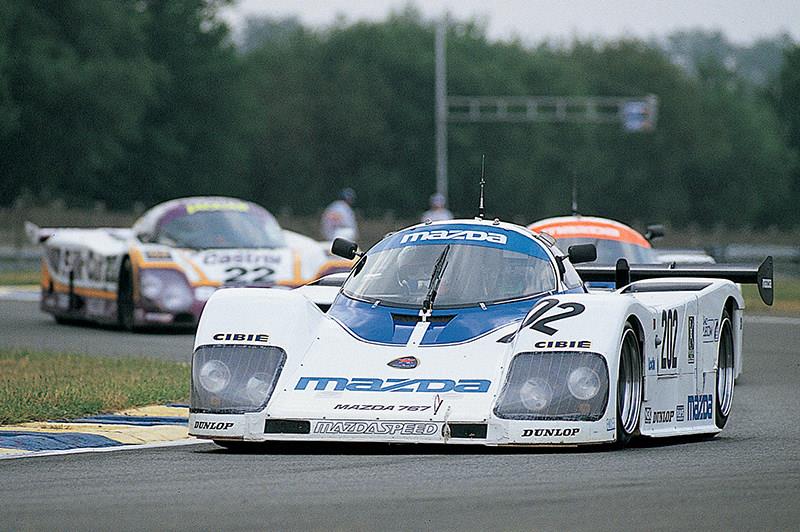 |
IMSA GTP (13J modified engine) | 17th and 19th place ShortEpisode: Mazda 767 1988 |
Mazda 757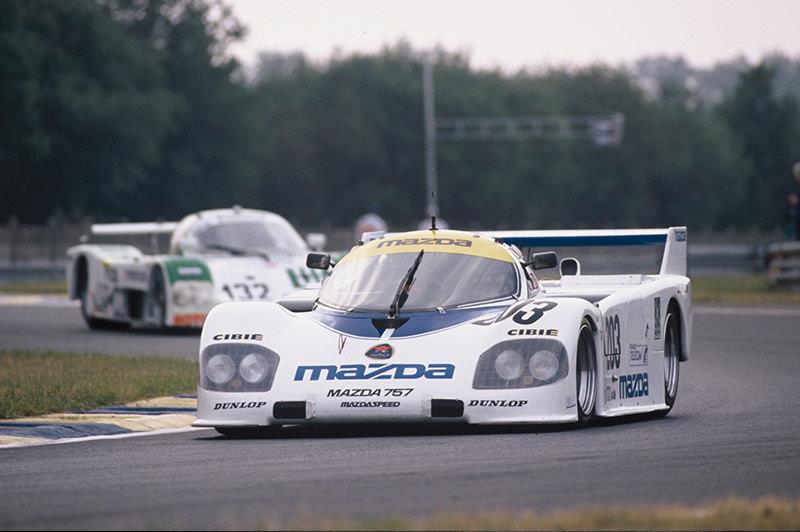 |
IMSA GTP (13G engine) | 15th, GTP winner | |
| 1989 | Mazda 767B (3 cars)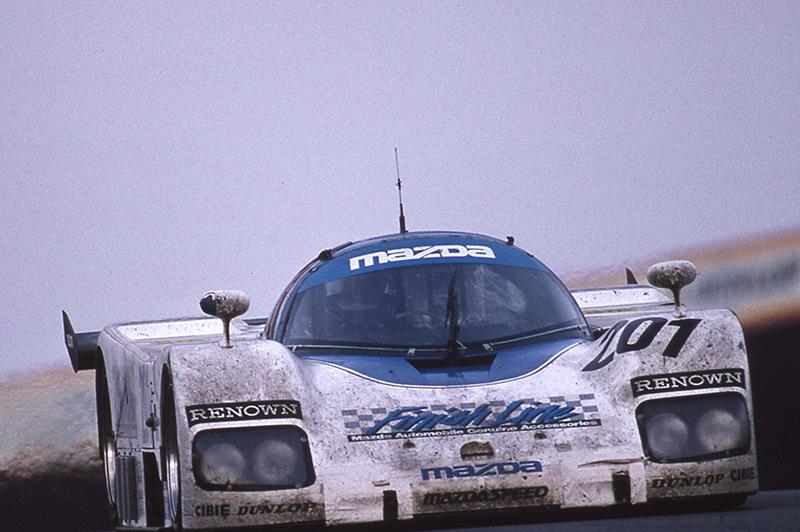 |
IMSA GTP (13J modified engine) | 7th, 9th and 12th place ShortEpisode:Mazda 767B 1989 |
| 1990 | Mazda 787 (2 cars)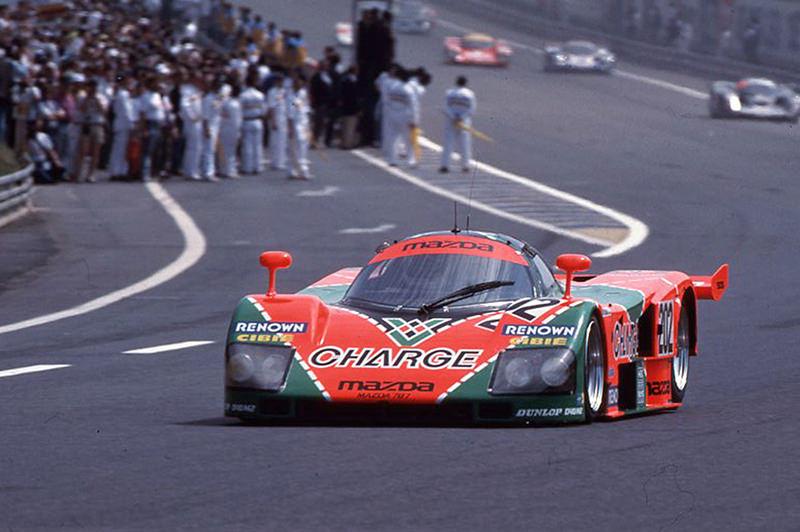 |
IMSA GTP (R26B engine) | Both cars retired (engine and electrical) Why the Mazda 747 and 777 do not exist |
Mazda 767B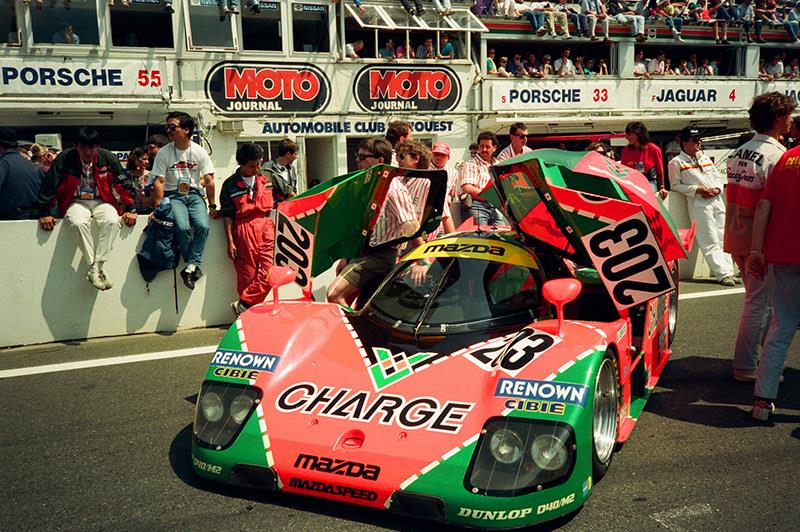 |
IMSA GTP (13J modified engine) | 20th, GTP winner ShortEpisode:Mazda 787&767B |
|
| 1991 | Mazda 787B (2 cars)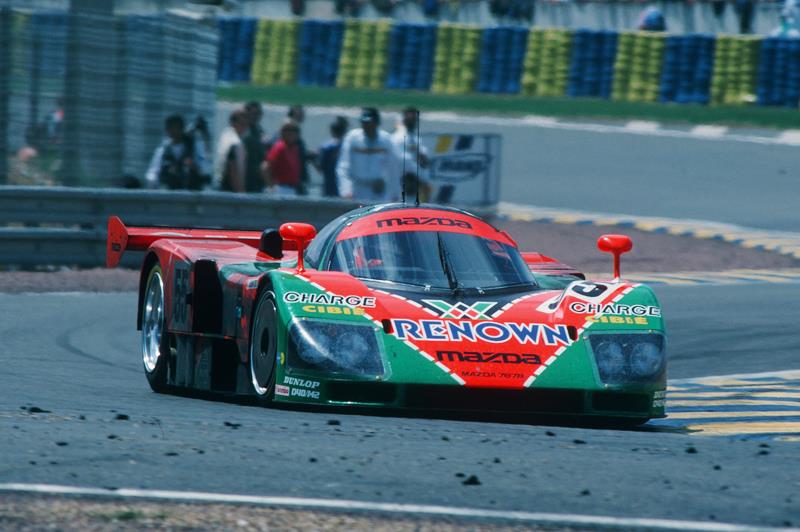 |
Group C Category 2 (R26B engine) | Winner, 6th place What does the number 55 on the 787B signify? The 2011 "Resurrection", an historically ambitious restoration project & running on the Circuit de la Sarthe! The "Never Stop Challenging" monument at the Miyoshi Proving Grounds |
Mazda 787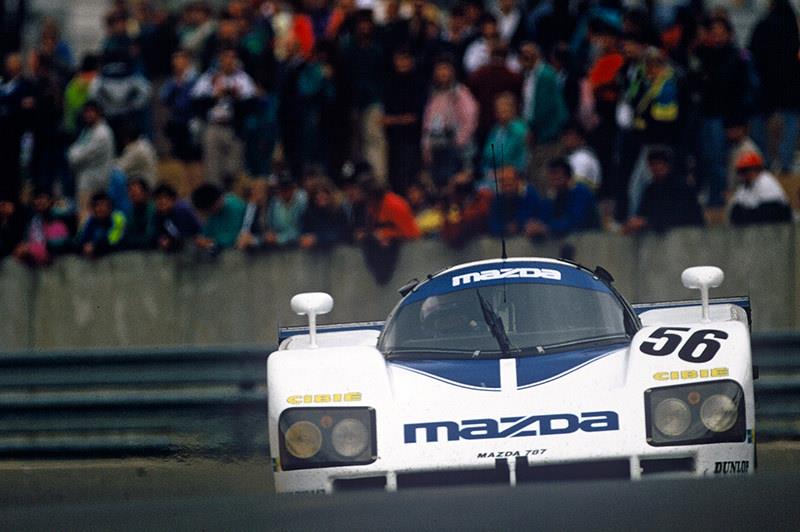 |
Group C Category 2 (R26B engine) | 8th place | |
| 1992 | Mazda MX-R01 (two cars)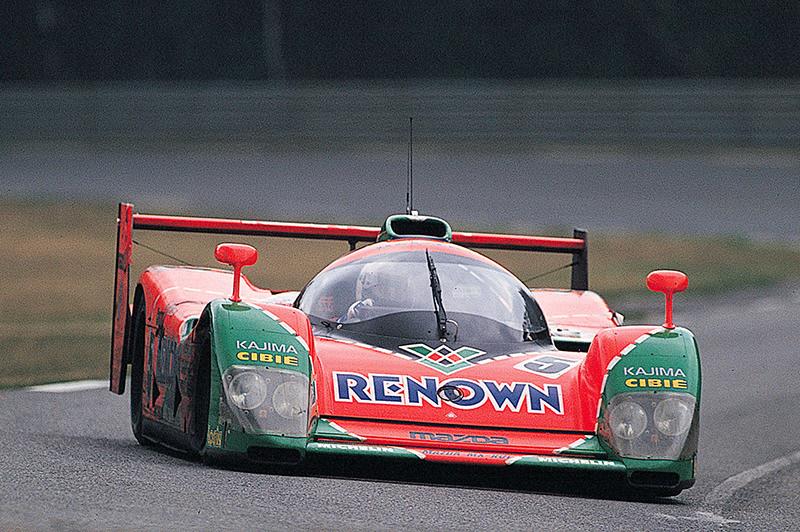 |
Group C (3.5 litre V10 MV10) | 4th / Retirement (Accident) What is the MX-R01? |
The most gruelling endurance race in the world
: the 24 Hours of Le Mans
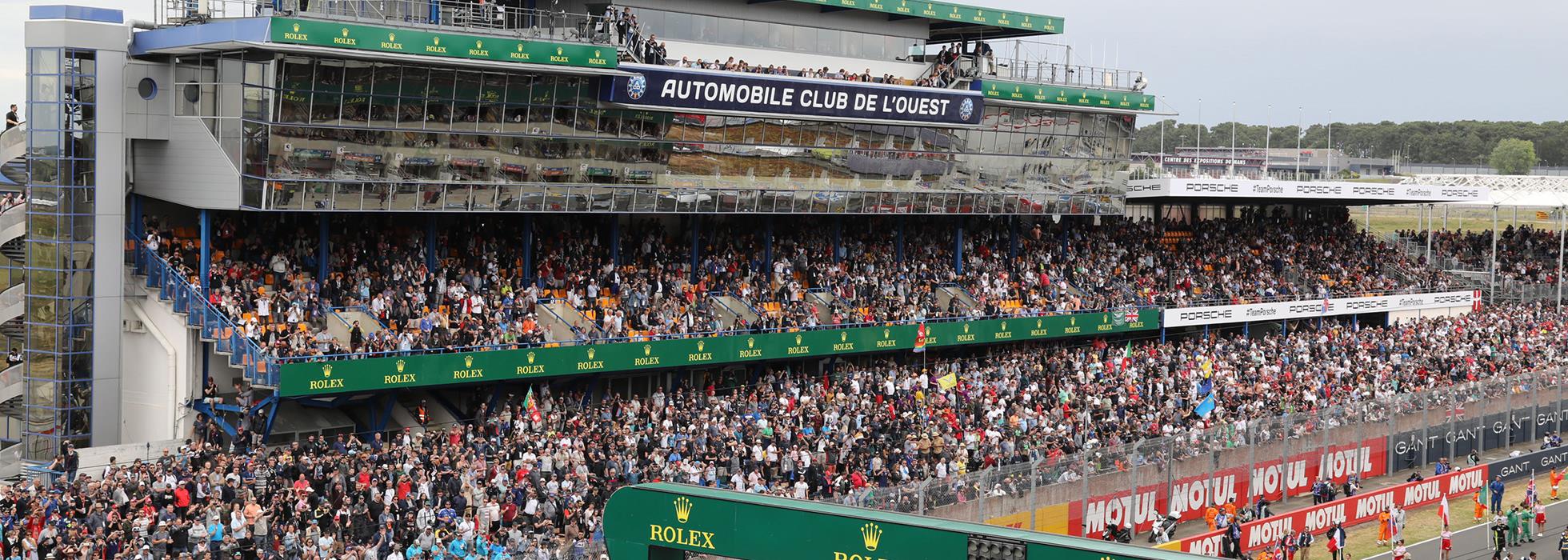
The city of Le Mans is a central town within the Sarthe department of the Pays de la Loire region, 200 km west of Paris, the capital of France. The 24-hour race takes place on the 13.6km (in 1991) Circuit de la Sarthe, which is formed by the annual closure of public roads that connects to the permanent Bugatti circuit on the outskirts of the city. The first race was held in 1923, after the First World War, and has been held in June every year since then, except for one period during World War 2. With several ups and downs, straights and fast corners followed by tight corners with full braking, the course is known to be tough on both cars and drivers. In the past, aristocrats competed in the race to prove their courage, and before the Second World War it was a proxy war, with cars wearing the national colours competing against each other. In the post-war period, car manufacturers were keen to show off the performance of their high-performance cars, and the race was the scene of famous battles such as Ferrari v Ford and Porsche v Lancia. In addition to Porsche, Mercedes, Jaguar, Aston Martin and Alpine Renault are among those who have gained fame through competing in this event. From the late 1980s onwards, Japanese car manufacturers all announced their intention to take on the Le Mans challenge, leading to the slightly derisive nickname “Le Japon Attack” (the all-out Japanese assault). Later, after the heyday of GT, the LMP1 category, promoted by the ACO (Automobile Club de l'Ouest), grew as the main category. The race has garnered a lot of attention for its ability to attract the participation of hybrid cars. After the Audi LMP1 era in the 2000s, Toyota Motor Corporation resumed participation and has won the overall championship for three consecutive years since 2018.
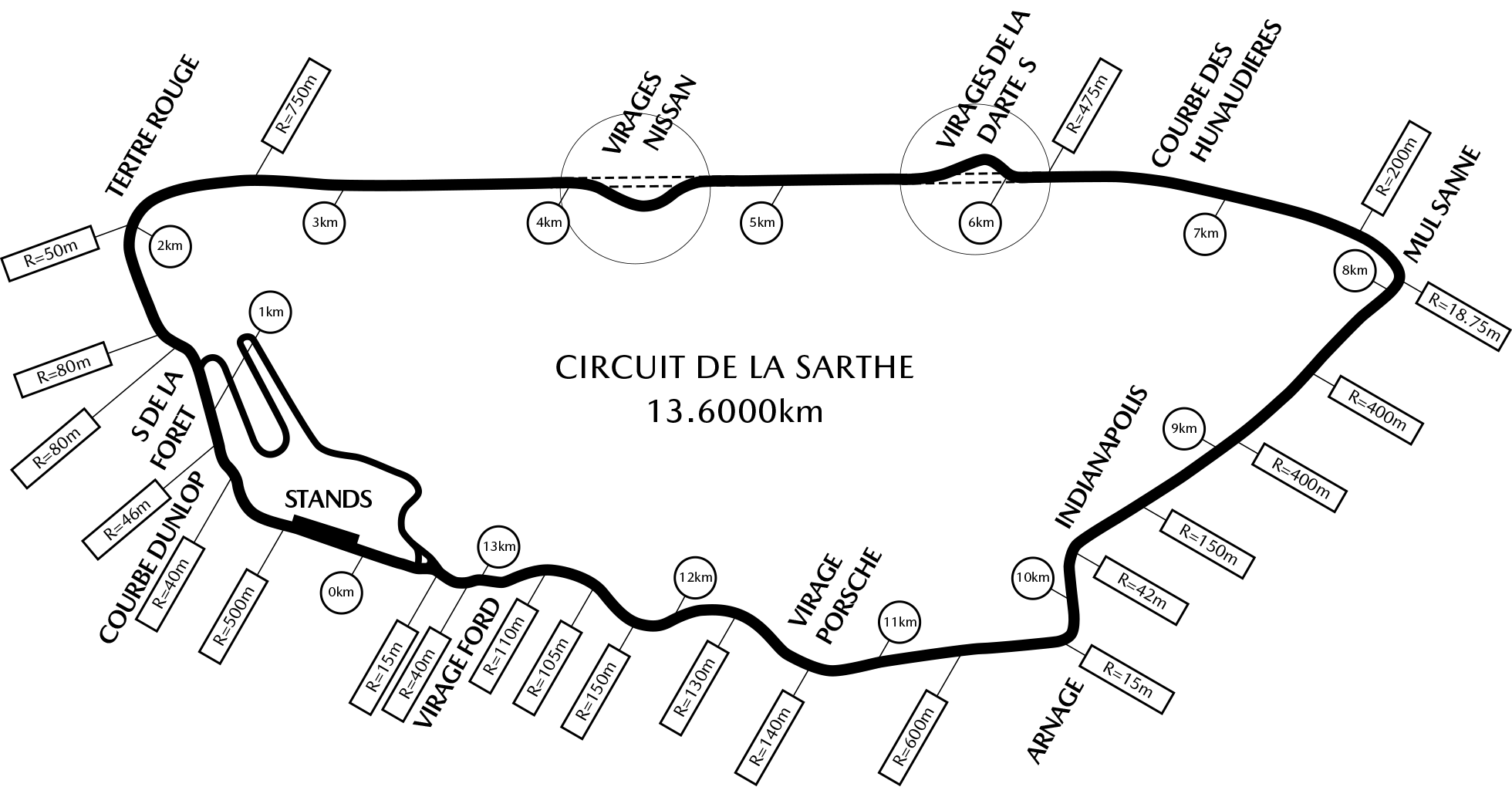


Many treasured photos and mostly unknown Le Mans episodes
What does the number 55 on the 787B represent? Why do the Mazda 747 and 777 not exist? These are just a few of the episodes that have never been told to the public, along with a collection of secret photos.

